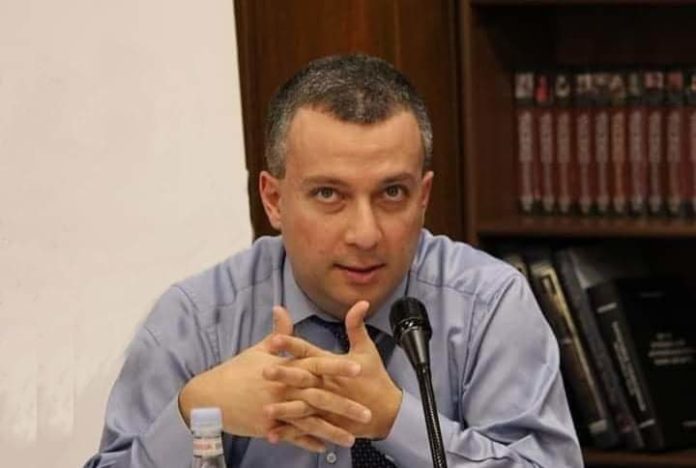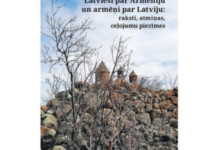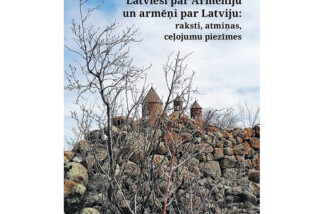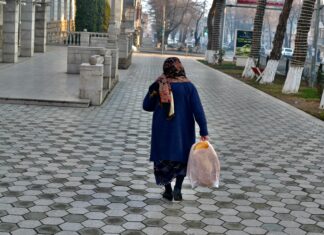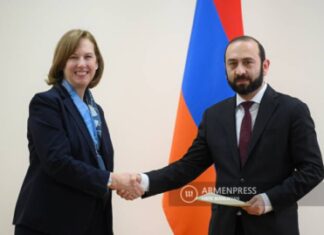On October 6, 2022, within the framework of the first meeting of the European Political Community in Prague, Prime Minister of Armenia Nikol Pashinyan and President of Azerbaijan Ilham Aliyev held a meeting at the initiative of the president of France and the president of the European Council. After an hours-long discussion, they adopted a joint statement, according to which Armenia and Azerbaijan confirmed their commitment to the UN Charter and the Alma-Ata Declaration of 1991, through which both sides recognized each other’s territorial integrity and sovereignty. They confirmed that this would serve as the basis for the work of the commissions on delimitation. Armenia agreed to facilitate the European Union (EU) civilian mission along the border with Azerbaijan. The mission will start work in October for a maximum period of two months.
The implications of this statement should be divided into two parts — implications for the Nagorno Karabakh (Artsakh) Republic and implications for Armenia. The reference to the Alma-Ata declaration of 1991 sent a clear message to all external players involved in South Caucasus geopolitics that the Armenian government recognizes Nagorno Karabakh as part of Azerbaijan.
It should be noted that this is not something new for the current government. In his press conference on December 24, 2021, the Armenian prime minister stated that Nagorno Karabakh had no chance to be outside Azerbaijan. The same ideas were circulated during his January 2022 press conference, and his speech in parliament in April 2022, when he spoke about lowering the bar on Karabakh’s status. There was much domestic political infighting, as Pashinyan sought to prove that all previous Armenian leaders recognized Nagorno Karabakh as part of Azerbaijan, in this way trying to justify his current position.
The recognition by Armenia of Nagorno Karabakh as part of Azerbaijan provides Baku with opportunities to reject any notion of independent Nagorno Karabakh. When Pashinyan hinted in April 2022 that Armenia was ready to discuss autonomy for Nagorno Karabakh within Azerbaijan, he hoped that President Aliyev would abandon his claim that no Nagorno Karabakh existed after the second Karabakh war. However, Azerbaijan continued in its claims that there was no Nagorno Karabakh, and it was not going to discuss that issue with anyone.
Meanwhile, suppose Armenia and Azerbaijan will sign a peace agreement within the Prague statement’s framework with no mention of Nagorno Karabakh. In that case, it will mean that Armenia accepts Azerbaijan’s position that there is no Nagorno Karabakh as a territorial administrative unit. Recently, the Armenian government has spoken about the necessity of Azerbaijan – Nagorno Karabakh or Baku – Stepanakert talks within some special international mechanisms. However, if the Armenia – Azerbaijan peace treaty does not mention Nagorno Karabakh, it is implausible that Azerbaijan will agree to talk with Nagorno Karabakh as a political entity.
Azerbaijan may talk with Armenians living in Nagorno Karabakh, but only as representatives of ethnic minorities living in Azerbaijan. These so-called talks will probably be conducted by state bodies, which are responsible for domestic political issues, or for dealing with ethnic minorities in Azerbaijan. Neither EU nor the US, France, or any other Western player will force Azerbaijan to start negotiations with Nagorno Karabakh as a de facto independent entity.



